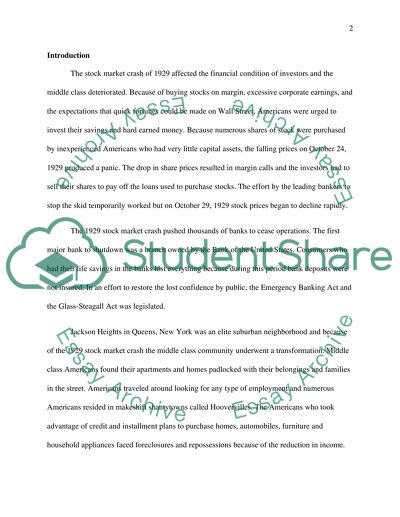Cite this document
(“New York History: Stock Market Crash of 1929 (A Symptom of the Great Term Paper”, n.d.)
Retrieved from https://studentshare.org/environmental-studies/1417878-new-york-history-stock-market-crash-of
Retrieved from https://studentshare.org/environmental-studies/1417878-new-york-history-stock-market-crash-of
(New York History: Stock Market Crash of 1929 (A Symptom of the Great Term Paper)
https://studentshare.org/environmental-studies/1417878-new-york-history-stock-market-crash-of.
https://studentshare.org/environmental-studies/1417878-new-york-history-stock-market-crash-of.
“New York History: Stock Market Crash of 1929 (A Symptom of the Great Term Paper”, n.d. https://studentshare.org/environmental-studies/1417878-new-york-history-stock-market-crash-of.


